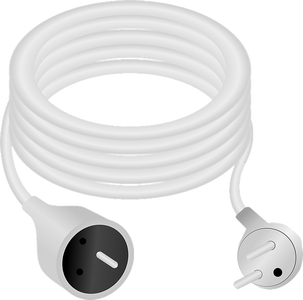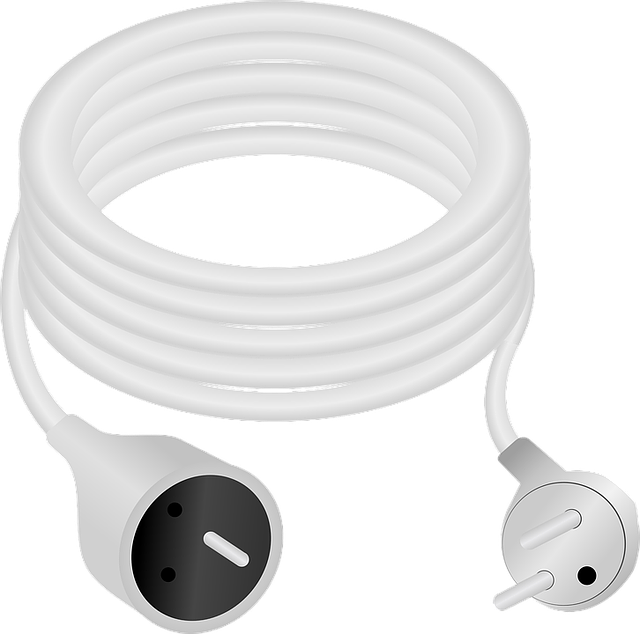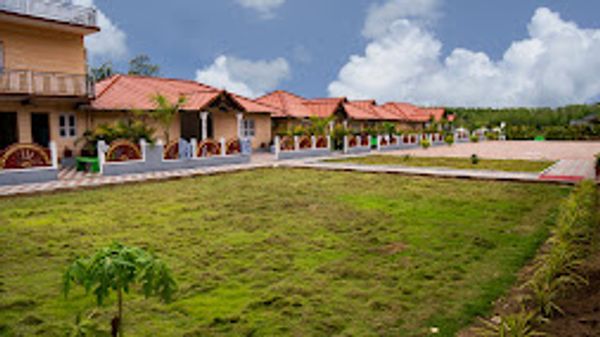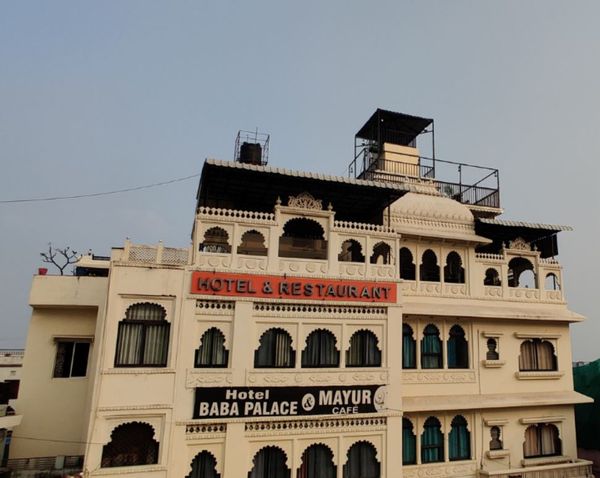Outdoor Extension Cord Safety Tips: Avoid These Common Mistakes
 Emma Emma
31 Mar, 2025
11 mins read
47
Emma Emma
31 Mar, 2025
11 mins read
47

Outdoor Extension Cord Safety Tips: Avoid These Common Mistakes
Outdoor extension cords are designed to power outdoor electrical equipment, including both permanent and temporary installations. These attachments can extend the reach of electricity to common outdoor power tools, such as the lawnmower and leaf blower. They may also provide lighting for your Christmas tree and during late-night backyard parties.
The key defining feature of outdoor extension cords is their ability to withstand harsh conditions. The cables’ jackets and insulation materials are robust enough to keep the elements at bay.
That said, extreme caution is necessary while using outdoor extension cords. Here are the common mistakes to avoid.

Photo Credit: Pixabay.com
1. Using Indoor Extension Cords Outdoors
An extension cord can be rated for indoor or outdoor use. The difference depends on the cable’s weather resistance.
When shopping for the best outdoor extension cord, check for the letter “W†on the cable’s jacket or packaging material. W represents weatherproof, indicating that an extension cord is rated against water ingress.
Extension cords may also bear the following designations, depending on their weather resistance and power-handling abilities:
- O – Cable’s jacket is oil-resistant (if it’s a single O) or both jacket and insulation are oil-resistant (if it’s OO)
- T – Thermoplastic jacket, indicating that the cable’s insulation is manufactured from polyvinyl chloride (PVC), which is noted for its superior strength and resistance to both temperature and ultraviolet (UV) damage
- E – Thermoplastic elastomer jacket, an elastic material that responds proportionately to temperature fluctuations
- SJ – Service Junior, meaning the extension cord is rated for 300 volts
2. Using the Wrong Extension Cord Length
Outdoor extension cords typically measure 25 feet onwards. Some cables may be up to 150 feet or longer. The conventional wisdom is to measure the gap that needs bridging before determining how long an extension cord should be.
Assume that you use an electric lawnmower and your lawn spreads up to 200 feet from the nearest power outlet. In that case, you may require a cable that’s around 205 feet long.
However, more extended cords experience voltage drops and increase in resistance with each additional footage. Both factors can impact the cable’s performance.
Using a very long outdoor extension cord may also create entanglements and increase tripping hazards.
Photo Credit: Unsplash.com
3. Not Checking an Extension Cord’s Current Handling Abilities
Whether designed for indoor or outdoor applications, extension cords come with different current-handling abilities. Understanding those properties can enhance your safety and help you avoid the common electrical hazards associated with extension cords.
First, check that an outdoor extension cord is rated for a gauge similar to the equipment you intend to plug it in.
Gauge, or American Wire Gauge (AWG), measures the diameter of an extension cord’s conductors. Thicker conductors handle electric current more effectively and are better suited for power-hungry appliances.
Note that smaller gauge ratings correspond with thicker conductors and vice versa. For instance, an extension cord rated 10 AWG may be safely used with lawnmowers, while a cable rated 16 AWG would be ideal for backyard LED lights.
Besides gauge ratings, an outdoor extension cord’s ampere, voltage, and wattage ratings should equally match the equipment you plan to connect it to.
4. Using Two-Prong Extension Cords
The number of prongs an extension cord comes with determines its suitability for outdoor applications. While two-prong cables appeal for their affordability, they’re ideal for powering heavy-duty appliances due to the lack of a grounding wire.
A grounding wire (the third prong in three-prong plugs) provides extra protection during current leaks.
The wire can cushion you from common electrical hazards like shocks and electrocutions and protect your valuable equipment from explosions.
Three-prong extension cords are particularly important when working outdoors in damp conditions.
Photo Credit: Pixabay.com
5. Not Plugging an Extension Cord into A GFCI
Before using an extension cord outdoors, installing a ground-fault circuit interrupter (GFCI) outlet is essential.
GFCIs are designed to disrupt the flow of electricity through a circuit during ground faults. Common in moist or humid conditions, ground faults occur when electric current flows in an unintended path.
Like grounding wires in three-prong plugs, GFCIs can enhance your safety and that of connected appliances.
So, always remember to plug your outdoor extension cord into a GFCI outlet.
6. Daisy Chaining
Daisy chaining is another rookie mistake when working with outdoor extension cords. It involves plugging extension cords into each other in a series or sequence to connect multiple appliances simultaneously or extend the reach of electricity.
Daisy chaining can cause your extension cord’s conductors to overheat and melt. The connected appliances may also blow up, leading to unprecedented repair or replacement costs.
Rather than connect outdoor extension cords in a daisy chain, buying one long cable is better, even if it comes with a significant voltage drop.
Besides daisy chains, outdoor extension cords may also overheat if run through carpeting and dense yard debris. Covering an extension cable means the conductors accumulate more heat than they dissipate, potentially causing them to melt.
Remember that outdoor extension cords feature weather-proof jackets. So they can brave the elements with minimal interventions.
Photo Credit: Unsplash.com
The bottom line
Avoiding the above mistakes can enhance the efficiency and longevity of your outdoor extension cords.
Since outdoor power extenders are directly exposed to the elements, regular inspection is critical to detect early signs of damage.
A good practice is to check your outdoor extension cords at least once weekly for scratches, dents, and fraying. You can then repair or replace the cables depending on the outcome of the inspections.
Written By:
Emma Emma



Hotels at your convenience
Now choose your stay according to your preference. From finding a place for your dream destination or a mere weekend getaway to business accommodations or brief stay, we have got you covered. Explore hotels as per your mood.


